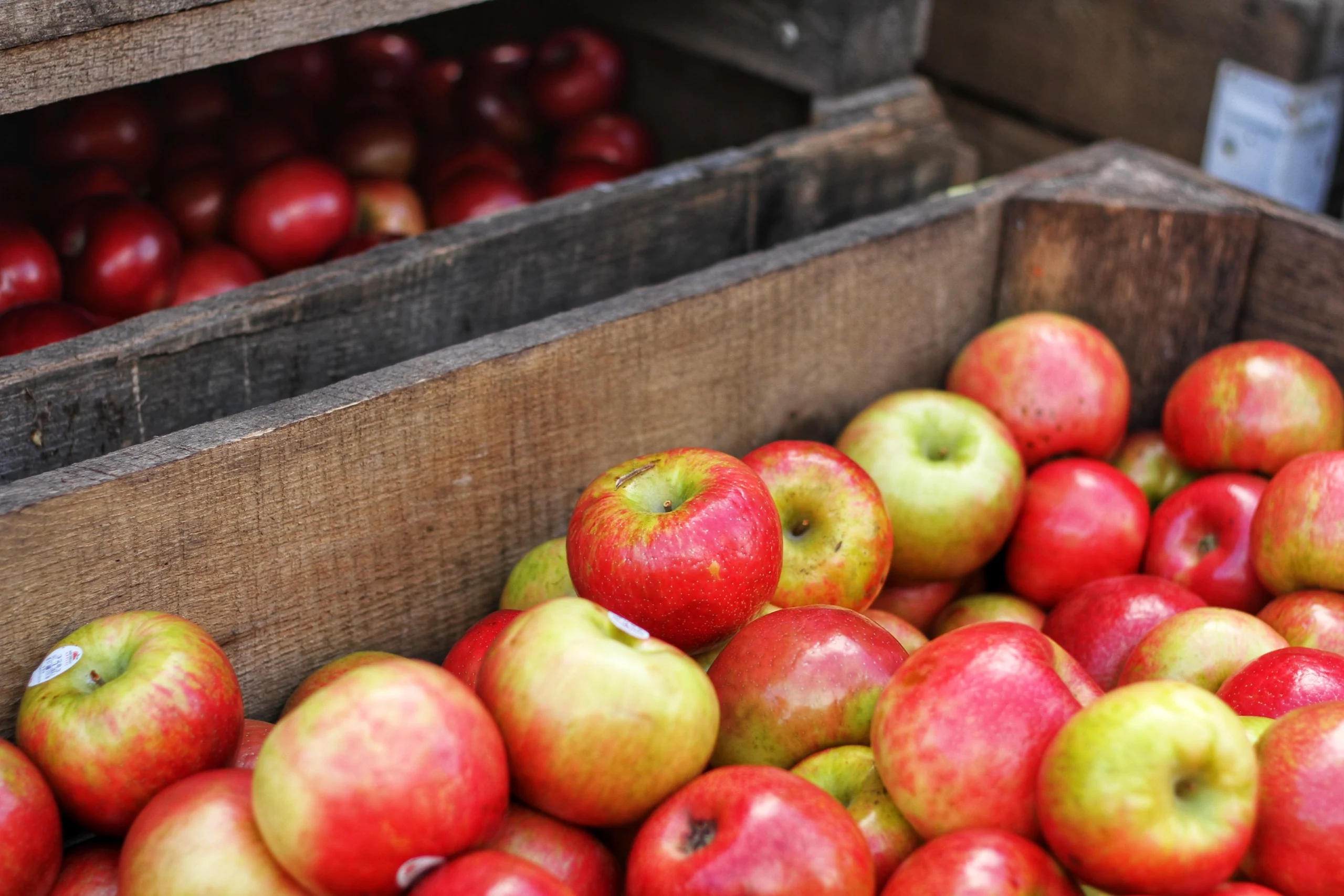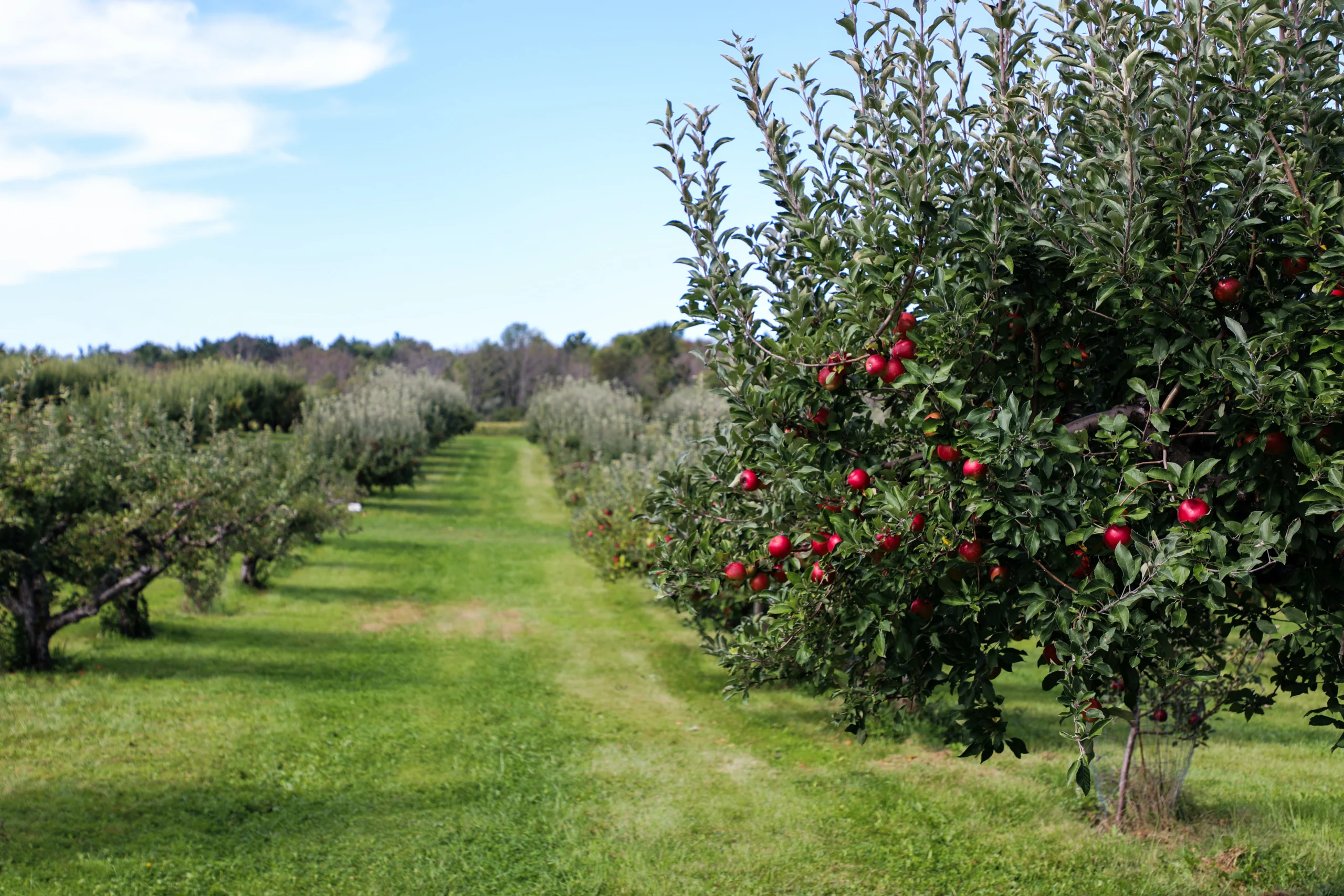As children, I’m sure we all heard the legend of Johnny Appleseed — far and away the most well-known tree planter in American folklore. In 1948 Walt Disney studios released a short, animated film about him called “The Legend of Johnny Appleseed.” There is even a song about him. With Arbor Day just a couple of months away, here are 10 things you may not know about the legend who is Johnny Appleseed.
1. He wasn’t just a legend
Johnny Appleseed was a real person by the name of John Chapman. John was born on September 26,1774 in Massachusetts. When he was 18, he headed West with his brother Nathaniel. When he was in his 20s, John began apprenticing at an orchard, where his love of apples and planting trees began. He died March 18, 1845, in Fort Wayne, IN.
2. He didn’t just randomly plant trees
The legend tells the tale of a man who just wandered here and there, randomly planting apple trees. In reality, John Chapman planted nurseries. He would find unclaimed land and plant apple orchards on it. Planting the orchards was a legal way of claiming ownership in some areas of the West. After planting, he would leave them to grow and wait for people to settle in the region. Then, he would come back years later and sell the trees at a profit.
3. He didn’t plant the apples for eating
John didn’t plant the kind of apples you just pluck from the tree and eat. Instead, he planted small, tart apples that are used to make a type of brandy called Applejack and hard cider, two very popular drinks at that time.

4. He didn’t wear a tin pot on his head
Most drawings and cartoons of Johnny Appleseed show him with a tin pot on his head. In reality, it wasn’t a tin pot but a tin hat that doubled as his cookpot. But, as the legend states, he did walk barefoot and wear worn tattered clothes.
5. He considered himself a missionary
John Chapman was a member of a church called the New Church. Wherever he went, he would preach the doctrine of the church, which believed that God and nature were one and the same.
6. He loved animals and became a vegetarian later in life
John loved all of nature, including animals and insects. In fact, he loved all living creatures so much that one night he put out his campfire when he noticed that mosquitoes were flying into the flames and dying. There is another story of how he bought a sick horse that was to be slaughtered, nursed it back to health, then gave it to someone who promised to put it to pasture to live out the rest of its life.
7. He was very wealthy when he died
John left his fortune of 1200 acres of orchards, plus another land, to his sister, since he had never married and had no children. It is thought that he owned much more land than this, but, since he didn’t keep good records of his land holdings, this wasn’t known for certain. He also had to sell off some of his lands when the 1837 financial panic hit. Unfortunately, his sister couldn’t continue much of his legacy since most of John’s land holdings had to be sold to pay back taxes.

8. The Legend of Johnny Appleseed spread quickly after his death
John was very well known in the regions where he travelled most, and people would invite him into their homes because they loved hearing his stories. He didn’t become widely known, however, until after his death. The tale of his life and the stories he told slowly spread in the years after his death until, in 1871, Harper’s New Monthly Magazine published a story about him, and his fame grew nationally as well. In the years to come, certain areas would hold festivals in his honour, and he became a folk hero legend!
9. His legacy lives on
Today, John Chapman, who is the original John Chapman’s great-great-great-great grand nephew, owns some small orchards near Athens, GA. There is a claim that at least one of the trees in these orchards is descended from the stock that Johnny Appleseed planted. The modern Mr. Chapman carries on his name sake’s legacy by donating apple trees.
10. There’s a Johnny Appleseed festival
Each year since 1974 in Fort Wayne, Indiana, there’s a festival held in celebration of Johnny Appleseed’s life. The Johnny Appleseed festival doesn’t just celebrate his life but his lifestyle. There are no modern conveniences allowed for vendors at the festival. Cooking must be done over an open fire, without the use of propane gas and vendors are required to dress in 1800 period dress, sell products, demonstrate trades, entertain and provide food potentially available within the 1800s.
Keep Reading
Eating Earth-First: Apple Chips
By planting ten trees for every item you purchase, it’s our mission to plant 1 billion trees by 2030. Head to our website to learn more and get 10% off your next purchase.

